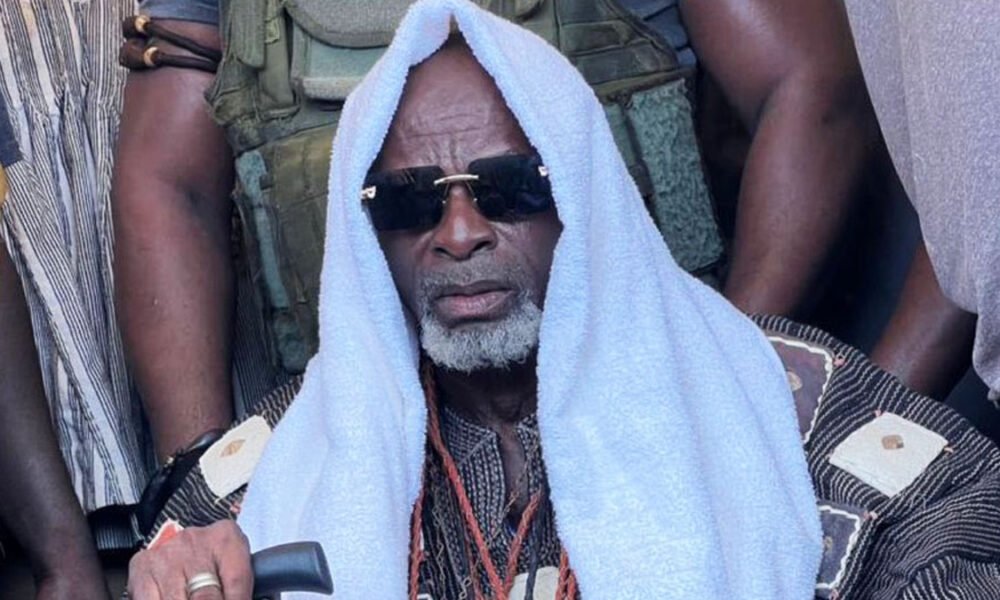Mion-Lana Alhassan II (also known as Naa Alhassan Mahama) was born in January 1952 in Yendi. He is the son of Naa Mahama Bla, who ruled Dagbon from 1948 to 1953, and Napaɣa Sanatu Paɣakaba. He is the fourth son of Naa Mahama Bla. His older brothers include Yaa-Naa Abdulai ŋmarigɔŋ (1954–1967), Nasa-Lana Naantɔɣimah, and Nabiyɔŋ Suɣiri.
Today, only three sons of Naa Mahama Bla are still alive—Mion-Lana Alhassan II, Nabiyɔŋ Andani Mahama, and Nabiyɔŋ Ziŋ-Naa Alhassan. Four princesses also survive.
After his father died in 1953, he and his mother returned to her family at N Yaba Yiri. She raised him there. Napaɣa Sanatu Paɣakaba is his mother’s name. She is the only wife of Naa Mahama Bla to have just one child—Mion-Lana Alhassan II.
His maternal roots run deep in the history of Dagbon. He is a direct descendant of Achiri Damba, a famed warrior who fought alongside Kambon-Naakpɛm Ziblim at the Battle of Adibo in 1896. The bloodline flows through Kaluɣu Musah to Wumbei, to Neindoo, then to Jahinfo Jɛrigu, followed by N Yaba Kojo and N Yaba Yiri—his mother’s home.
Mion-Lana Alhassan II began school in 1960 at Yendi Primary. He joined Naa Yaakuba Middle School in 1967. In 1970, he became a pioneer student of Yendi Secondary School.
His classmates include notable leaders:
- Naa Bapra Kpan-Naa Abukari Abdulai (Paramount Chief of Kpano)
- The late Hon. Mustapha Ali (Former MP and Minister under President Kufuor)
- Dr. Abu Sakara (Former CPP Flagbearer)
- Mr. Mumuni Mahama (Respected educationist and former head of the Islamic Education Unit)
After school, he began teaching in 1976 at Zohe Experimental Primary and later at Dimɔŋ Primary School. In 1978, he joined the Ministry of Food and Agriculture as a Plant Quarantine Officer, marking the beginning of his career in Saboba.
In 1988, he enrolled at Nyankpala Agricultural College. He completed his diploma in 1990 and was posted to Gambaga. He later moved to Bunkpurugu, where he served until retiring on February 1, 2013.
He is known for humility, hard work, and dedication. He is married to three wives and has ten children—six sons and four daughters—and fifteen grandchildren.
He is a family man, deeply loved by all who know him.
As Mion-Lana, may his reign bring peace, wisdom, and unity to Dagbon. May he guide his people with honour, and may his legacy inspire generations to come.
